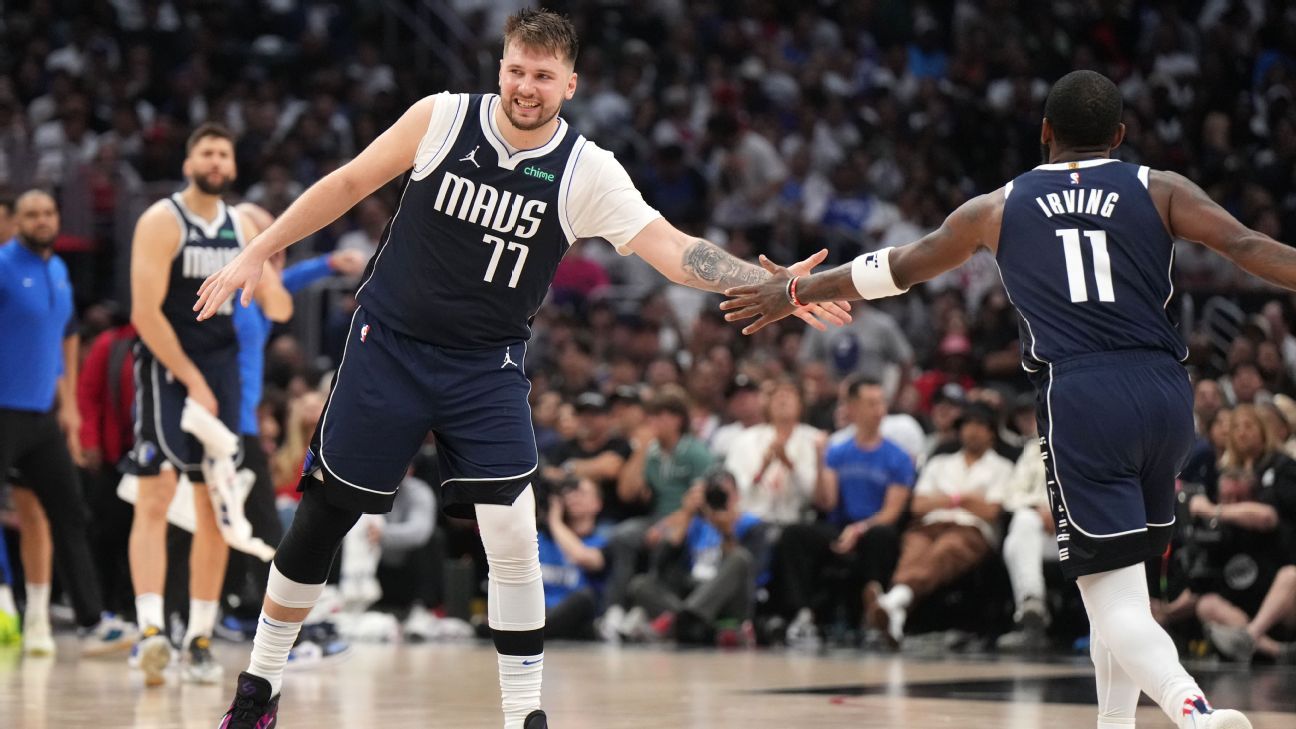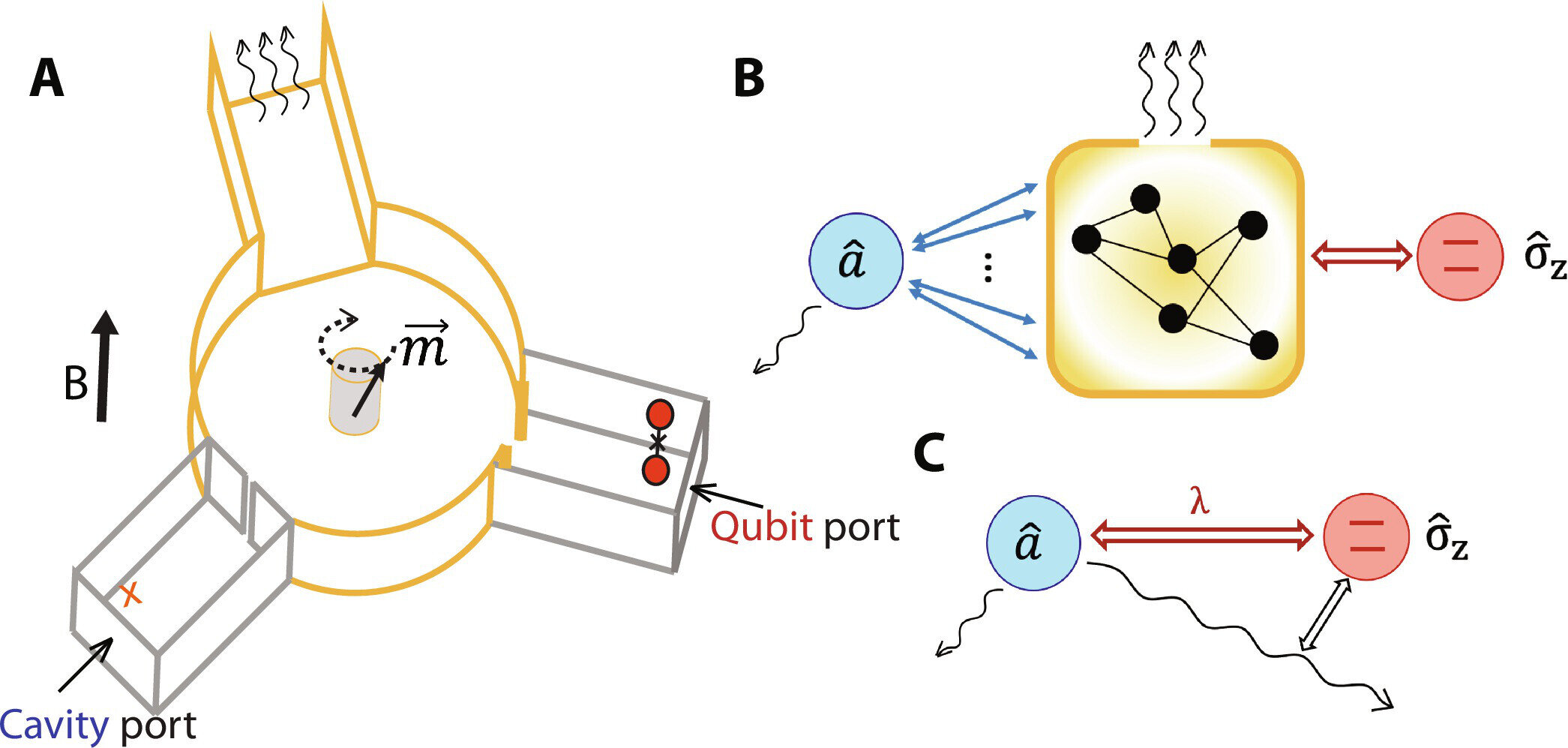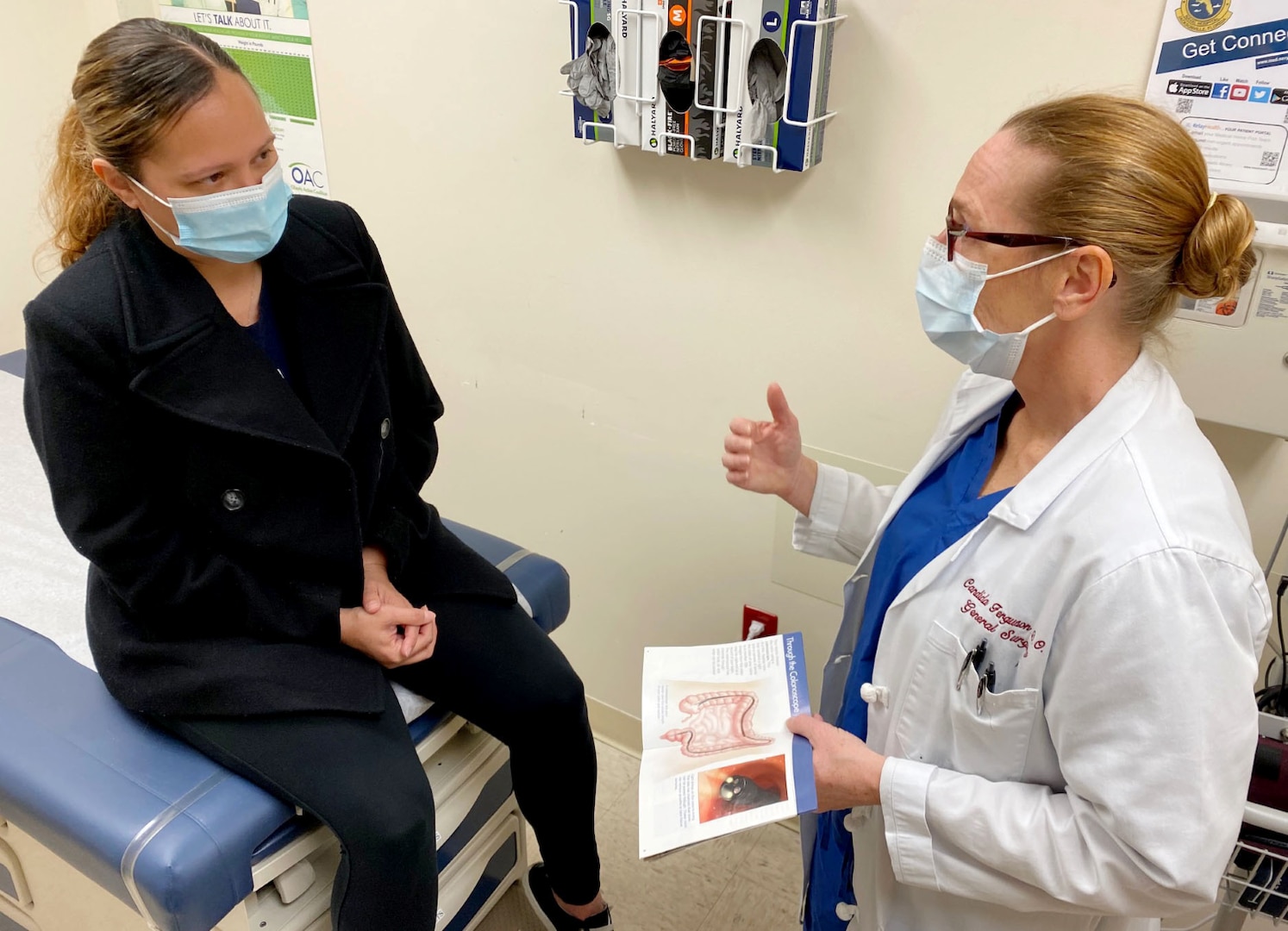On This Day: Oct. 25, 1990
October 1990 was an eventful month on good ol’ planet Earth. On Oct. 3, East Germany and West Germany became one Germany after the Berlin Wall fell. On Oct. 17, Jeremy Irons started his run towards a Best Actor statue with the release of Reversal of Fortune. On Oct. 22, a recently-formed Seattle band named Pearl Jam played its very first show. And on Oct. 25, Springfield’s own Marge Simpson emerged from behind a curtain to introduce that evening’s episode of The Simpsons, the hit Fox animated series chronicling the misadventures of her cartoon family — Homer, Bart, Lisa and little Maggie.
It was one of the first times in the history of the still-young series that a member of the Simpsons clan had directly addressed the audience. And Marge came with an especially important message to impart six days before Halloween began.
“You know, Halloween is a very strange holiday,” the blue-haired matriarch mused in her signature gravelly voice (provided, both then and now, by Julie Kavner). “[There are] things on TV that are completely inappropriate for younger viewers. Things like the following half hour. Nothing seems to bother my kids, but tonight’s show — which I totally wash my hands of! — is really scary. So if you have sensitive children, maybe you should tuck them into bed early tonight, instead of writing us angry letters tomorrow.”
Now, you may not have been one of those “sensitive kids” who switched off the TV a half-hour later slightly spooked out. (Full disclosure: I was.) But if you were watching that night, there’s no way you’ve forgotten the episode Marge warned you about. After all, that was the very first “Treehouse of Horror,” the annual triptych of horror-themed tales that continues to be a staple of every Simpsons season to this day.
And over the decades, the “Treehouse of Horror” installments have been responsible for — as Comic Book Guy might say — some of the Best. Simpsons. Episodes. Ever. Think of Homer entering the 3D dimension in “Treehouse of Horror VI” or the entire clan coming face-to-face with their Tracey Ullman Show selves “Treehouse of Horror XXV.”
“It’s the most popular episode every year,” longtime Simpsons executive producer Al Jean confirmed to Yahoo Entertainment in 2015, one of several veterans of that very first “Treehouse” episode we spoke with at the time. “There’s no question that it’s the one people look forward to the most.”
Even when placed alongside its many descendants, there’s something special about our original trip to the “Treehouse.” And that goes back to the aforementioned creepiness factor. “We thought we were doing a scary Halloween episode,” former Simpsons staff writer Jay Kogen said. “We weren’t writing the show for kids, ever. So when we did a show that was going to be scary, we didn’t mind.”
In fact, the inspiration for “Treehouse” came directly from a previous generation’s source for childhood terrors: the horror comics published in the early 1950s by EC Comics, which boasted gruesome cover art resting beneath chilling titles like Tales From the Crypt, The Vault of Horror and Shock SuspenStories. That’s what Simpsons creator Matt Groening had in mind when he first pitched the idea of a horror anthology to the writers’ room.
“It was Matt’s baby,” Kogen recalled, adding that the staff didn’t immediately embrace the suggestion. “It took a while for the idea to ferment with the writers. Eventually our showrunner, Sam Simon, said ‘That’s a great idea, let’s do it.'” (One of the founding creative voices on The Simpsons, Simon stayed with the series until 1993; he passed away from cancer in March 2015.)
Part of the writers’ initial hesitance may have been that a horror anthology would upset the more grounded, emotional and funny stories they had been focused on telling up to that point. “The rule was, ‘We’re not a cartoon, we’re a sitcom,’ so we couldn’t be too fantastical,” Kogen recalled. Once “Treehouse” got the greenlight, though, the writers and directors alike began to embrace the creative possibilities afforded by departing from the show’s previously established reality.
“It let you do all the visual jokes you wanted to do,” said Jean, whose history with The Simpsons dates back to its 1989 premiere. “We always wanted Homer to be a real human being and the family to have real emotions, but we realized that you could have a lot happen in the world of dreams and fantasies.”
By 2015, the “Treehouse” creative process began with Simpsons writers submitting hundreds of potential ideas for segments, with Jean steadily winnowing them down to three. But in 1990, the trio of stories that comprise the first episode — “Bad Dream House,” “Hungry Are the Damned” and “The Raven” — came together in the room. The decision was also made to split the segments up among three of the show’s regular directors: Wes Archer, Rich Moore and David Silverman, respectively.
“They wanted to showcase what we all would do differently,” Silverman said. “Sam specifically told me, ‘I want you to do “The Raven” because of your visual inventiveness.’ Apparently, I had managed to con him into thinking I had visual inventiveness!” (That three-director approach is another element that’s unique to the first “Treehouse.” Starting with the second installment in 1991, one director would oversee all three stories, a change that was primarily made to accommodate the show’s demanding production schedule.)
Jean points to the John Swartzwelder-written “Bad Dream House,” in which the Simpsons move into a possessed home that’s part The Shining and part Poltergeist, as being the most overtly horrific of the inaugural trio of “Treehouse” tales. And that makes sense considering that the segment features such creepy moments as the kitchen walls running red with blood and four out of the five Simpsons (even baby Maggie!) following each other around in a circle, sharp weapons in hand and murder on their minds.
“Balancing humor and horror is tricky,” Wes Archer, who directed “House,” told Yahoo Entertainment via email. “In retrospect I think I missed a couple of opportunities for more humorous staging with Homer and the kids. I think it could have been snappier. A lot of my time was still spent trying to get the artists to just draw the characters right.”
To be fair, Swartzwelder’s script contains a number of great one-liners like, “I’m not going to live in a house of evil just to save a few dollars.” It also ends on a very funny note, with the house choosing to consume itself rather than continue to live with the Simpson family. “You can’t help but feel a little rejected,” Lisa says, putting the perfect button on the proceedings.
“Bad Dream House” may hold the honor of being the first-ever “Treehouse” segment, but the Rich Moore-directed “Hungry Are the Damned” boasts the debuts of two Hall of Fame members of The Simpsons’ extended cast: tentacled extraterrestrials Kang and Kodos. The Rigel VII-dwelling aliens kidnap the Simpsons with the intention of transporting them back to their home world for a feast that they’ll attend as guests… or possibly as the main course.
Kang and Kodos have since become regular comic foils in the “Treehouse” universe, but in this first appearance, they’re considerably more menacing — all sharp teeth and mouths filled overflowing with slimy drool. “Are they scary? Yeah, they’re supposed to be scary,” says Kogen, who penned “Hungry” with his writing partner, Wally Wolodarsky. “They’re aliens who eat humans!”
The writers took their inspiration from the classic Twilight Zone episode “To Serve Man,” and their script described Kang and Kodos as resembling octopi in a deep diver’s helmet. “The artists had no idea what we were talking about,” Kogen recalled. “So that’s the only character I got to sketch on The Simpsons. And I’m proud that the aliens in the finished episode look kind of like the drawing I made.”
The characters’ Shakespearean-esque voices, meanwhile, were the invention of cast members Dan Castellaneta and Harry Shearer, with James Earl Jones voicing their rarely-seen-since compatriot, Serak the Preparer. (Fun fact: The names of all three characters are borrowed from the original Star Trek.) The incongruity between the aliens’ voices and their appearance may be the segment’s best joke, though Kogen also champions a sight gag involving the ever-changing title of a How to Cook Humans cookbook that Lisa finds aboard the ship.
Asked to pick his favorite segment from the first “Treehouse,” Jean didn’t hesitate. “It’s ‘Hungry Are the Damned.’ That’s the one I remember watching an early cut of and going, ‘Wow, that’s really funny.’ It set the tone for what followed.”
On the other hand, Jean pointed to “The Raven” as an example of a segment that wouldn’t make the cut on a modern-day “Treehouse” episode. Adapting the Edgar Allan Poe poem was a pet project of Simon’s, and he took the assignment seriously. Perhaps too seriously. Silverman recalls being told that the first cut was light on humor.
“[Executive producer] James L. Brooks was like, ‘You need more jokes in this,'” the director said. “So he threw out the idea of Bart as the Raven saying, ‘Eat my shorts.’ And I tried to find other places where humor could be added. I had a lot of fun coming up with interesting shots; one of my favorites is the Raven’s point-of-view of Homer as it’s flying around the room.” (You can see some of Silverman’s early sketches for “The Raven” on the Tumblr fan page Best. Episode. Ever.)
But the segment’s most reliable source of comedy is Castellaneta, who manages to be faithful to both Homer and Poe in his eccentric, yet strangely emotional line readings, which play nicely off of Jones’s terrific narration. “Dan was incredible,” Silverman raved. “It wasn’t just him doing a goofy voice; his acting had such gravitas and honesty.” That honesty may be the reason “The Raven” endures with fans despite its muted humor. “People go, ‘Oh, I know that [poem] — it’s from The Simpsons,'” Jean said. “And I’m like, ‘No, it’s Edgar Allan Poe. But thanks!'”
In the midst of making the first “Treehouse of Horror,” none of the writers or directors suspected it would become an annual tradition. Once it was completed, though, the decision to do it again — and again, and again, and again — proved a no-brainer. Over the years, “Treehouse” has moved past its horror roots, embracing science-fiction and fantasy, and even anime. This year’s edition airs Nov. 5 and will reportedly feature stories about Bart becoming an NFT, Lisa seeking advice from a Hannibal Lecter-style killer and the outbreak of viral oafishness in Springfield.
What hasn’t changed from year to year and “Treehouse” to “Treehouse” is the fun the staff has in coming up with new stories and settings. “We get to do three totally different styles and live in new animated worlds for 10 minutes at a time,” Jean said. “It’s really amazing.”
— This story was originally published on Oct. 22, 2015. It has been updated to reflect recent events.
The Simpsons is currently streaming on Disney+.

Carol Dennis is an entertainment aficionado with an eye for all things pop culture. She dives into the glitz and glamour of the entertainment industry, from movie premieres to music festivals. Carol’s passion for storytelling extends beyond her reporting, as she’s an aspiring screenwriter in her free time.






